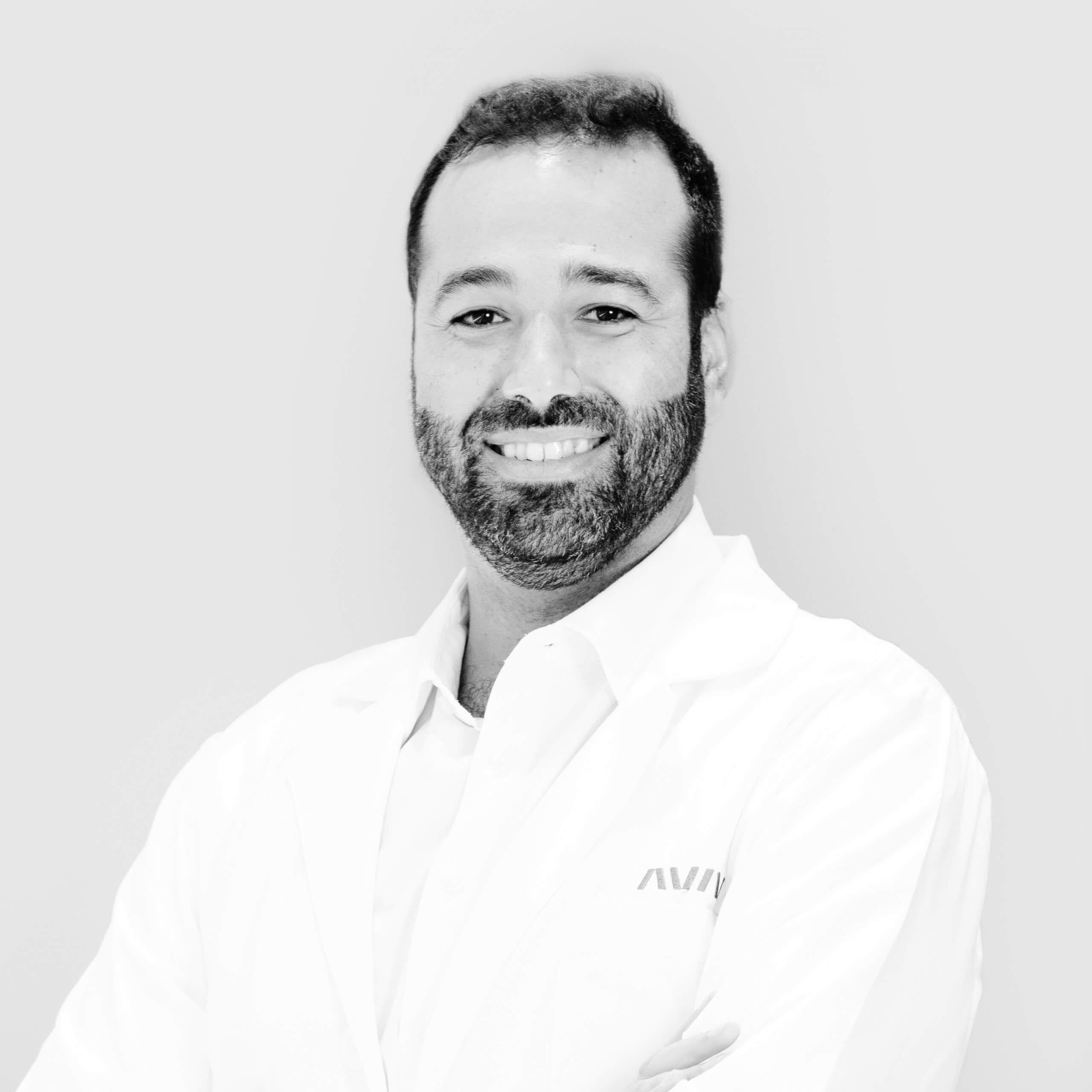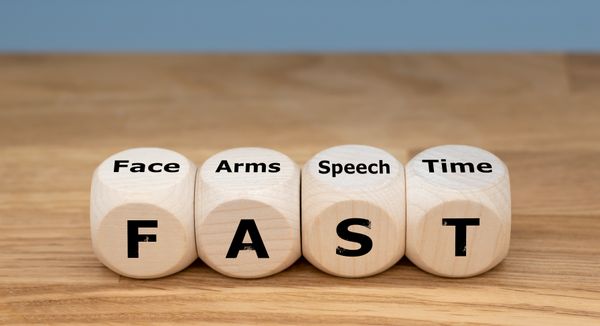
Stroke and Mini-Stroke Symptoms to Watch For


Each year in the United States, “more than 795,000 people suffer strokes.” This means that “every 40 seconds, someone in the United States has a stroke,” while a person dies from one “every 3.5 minutes.”
Strokes aren’t always equal in severity, but there is still a significant impact concerning brain cell damage, death, and overall brain performance. These effects manifest in various physical and cognitive ways.
Learn the stroke and mini-stroke symptoms to watch for and how the Aviv Medical Program can play a part in a post-stroke rehabilitation journey.
How Do Strokes Differ?
There are three primary types of strokes:
- Hemorrhagic: Caused by bleeding in or around the brain
- Ischemic: Caused by a blockage, which cuts off blood supply to the brain
- Transient ischemic attack (TIA): A mini-stroke in which blood blockage is temporary or short-lived
Ischemic strokes comprise about 87% of all strokes—also encompassing TIAs—while “hemorrhagic strokes make up the remaining 13%.”
Transient Ischemic Attack (Mini-Stroke)
Though a TIA is often referred to as a mini-stroke, it’s vital to understand that such an event can be just as damaging as a traditional stroke in the long run. The number one risk factor for having a stroke is a previous stroke, including a TIA.
While the definition of a TIA has evolved over the past two decades, most neurologists now diagnostically classify a TIA as a stroke—not just an “attack”—because it still represents ischemic activity.
If you experience a TIA, you should take it seriously. Think of it this way–maybe you didn’t get fatally shot, but you still got hit.
What Are the Common Signs and Symptoms of a Stroke?
With a stroke, timely intervention is critical. According to experts, an individual can lose nearly 2 million brain cells in each minute following a stroke, which further heightens the risk of permanent brain damage, disability, and death. So, everyone must know the signs and symptoms of possible stroke.
Facial drooping, arm weakness, and speech difficulty are three of the best-known stroke symptoms. One helpful tool for remembering what to do is the FAST acronym:
- F: Facial drooping. Is the person able to smile normally?
- A: Arm weakness. Can the person raise both arms to equal height? Or does one drift downward?
- S: Speech difficulty. Are they slurring their words or having trouble communicating thoughts?
- T: Time is tissue. Call 9-1-1 immediately.

Additional Signs and Symptoms to Keep in Mind
While those mentioned are the classic stroke symptoms most often discussed by physicians and stroke awareness advocates, additional signs may point to stroke.
For example, nausea, dizziness or vertigo, confusion, and visual changes may also be indicators. Sometimes, if the TIA affects the frontal-temporal lobe, a person might have a sudden personality change.
Ultimately, any sudden change should be considered a stroke possibility. Again, the highest risk factor for stroke is a previous one—so the older a person gets, the more likely they are to develop a stroke.
However, children, teenagers, and young adults are not immune. There may have been anatomical factors while in the womb, heart arrhythmias, or external exposures such as drugs and alcohol. In some scenarios, extreme stress can bring on a stroke.
How Much Time Do You Have to Respond?
If treatment takes place within three hours of symptom onset, there is a much greater chance an individual will recover with little or no disability. If intervention is delayed, there are still some options available:
- Thrombolysis: Advancements in ischemic stroke treatment include a method called intravenous thrombolysis (IVT), which involves medicine that works as a clot-buster to restore blood flow to the brain. It is administered via an IV, so no surgical intervention is required.
However, this treatment must be given within the first four-and-a-half hours of stroke occurrence. If that window closes, the patient will not be eligible to receive the medication.
- Thrombectomy: Another option is mechanical thrombectomy. This non-invasive procedure involves inserting a catheter into the arteries, navigating to where the clot is, and retrieving it. Studies note, “mechanical thrombectomy significantly improved functional independence and appeared to be cost-effective compared to IVT alone.”
- Combined approach: Scientists have also developed an approach that combines medicinal thrombolytic treatment with mechanical thrombectomy. Research indicates that integrating the two in a primary stroke center has benefits comparable to care in a comprehensive stroke center, “with no statistically significant difference.”

What to Do If You Experience a Stroke
As soon as you experience any symptoms of stroke, call 9-1-1. Don’t drive yourself to the emergency room—wait for the EMTs. In most cases, emergency response workers can start making critical assessments and relay the stroke response team waiting at the hospital.
It can’t be emphasized enough: timely response means everything. Once the stopwatch begins, you have very little time to act in order to optimize outcomes.
Stroke Prevention
Although some strokes are caused by factors beyond your control, the CDC reports, “you can help prevent stroke by making healthy lifestyle choices.”
Take ownership of your health and longevity by incorporating these methods into your lifestyle:
- Incorporate fruits and vegetables into your diet. Consider transitioning to a Mediterranean-DASH Intervention for Neurodegenerative Delay (MIND) diet, which can offer anti-inflammatory and cognitive benefits.
- Get regular exercise. We recommend 30 minutes of exercise three days a week at a minimum. Physical activity releases endorphins, helping you feel good. Regular exercise can lower your blood pressure, reducing one stroke risk factor. Consider pursuing an activity you thoroughly enjoy to stay motivated.
- Find helpful ways to cope with stress. Stress can negatively impact the brain. Look for ways to manage stress, such as therapy or counseling, interacting with loved ones regularly, or meditating. Avoid smoking or consuming alcohol to cope with stress, as these behaviors can increase your risk of stroke.
Learn more about how to invest in your health.
Hyperbaric Oxygen Therapy’s Impact on Stroke Relief
If you or a loved one has had a stroke with cognitive or physical after-effects, consider looking into hyperbaric oxygen therapy (HBOT) as a potential rehabilitation option. HBOT is a therapy during which an individual breathes in 100% pure oxygen. This treatment elevates oxygen levels up to 20 times higher than normal.
Decades of research note that the impact HBOT has on the mind and body can lead to significant neurological improvements in post-stroke patients, even at chronic late stages. These findings offer hope for individuals who have experienced strokes months or even years ago.
Keep in mind HBOT processes across clinics will vary. So it’s essential to do your research to find a clinic that is right for you.
The Aviv Medical Program
The Aviv Medical Program, which can include Hyperbaric oxygen therapy (HBOT) and additional personalized therapies, can help repair and regenerate the brain after a stroke. Our unique HBOT protocol includes fluctuating oxygen levels during sessions. These variations, coupled with additional therapeutic programs, help unlock the body’s self-healing mechanisms.
Additional therapeutic programs may include:
- Cognitive training
- Physical training
- Nutritional training
The Aviv Medical Program embodies a customized approach to each patient’s health program based on their health concerns, background, and goals. Learn more about our research and how you can return to optimal health after a stroke.
Find Hope with Aviv Clinics
Aviv Clinic’s research-backed program has helped thousands of patients elevate their quality of life after a stroke. If you or your loved one suffers from debilitating conditions, our diverse medical team is ready to lend a hand.
Contact us to learn more about the Aviv Medical Program and how it can benefit post-stroke recovery.
Aviv Medical Program provides you with a unique opportunity to invest in your health while you age



